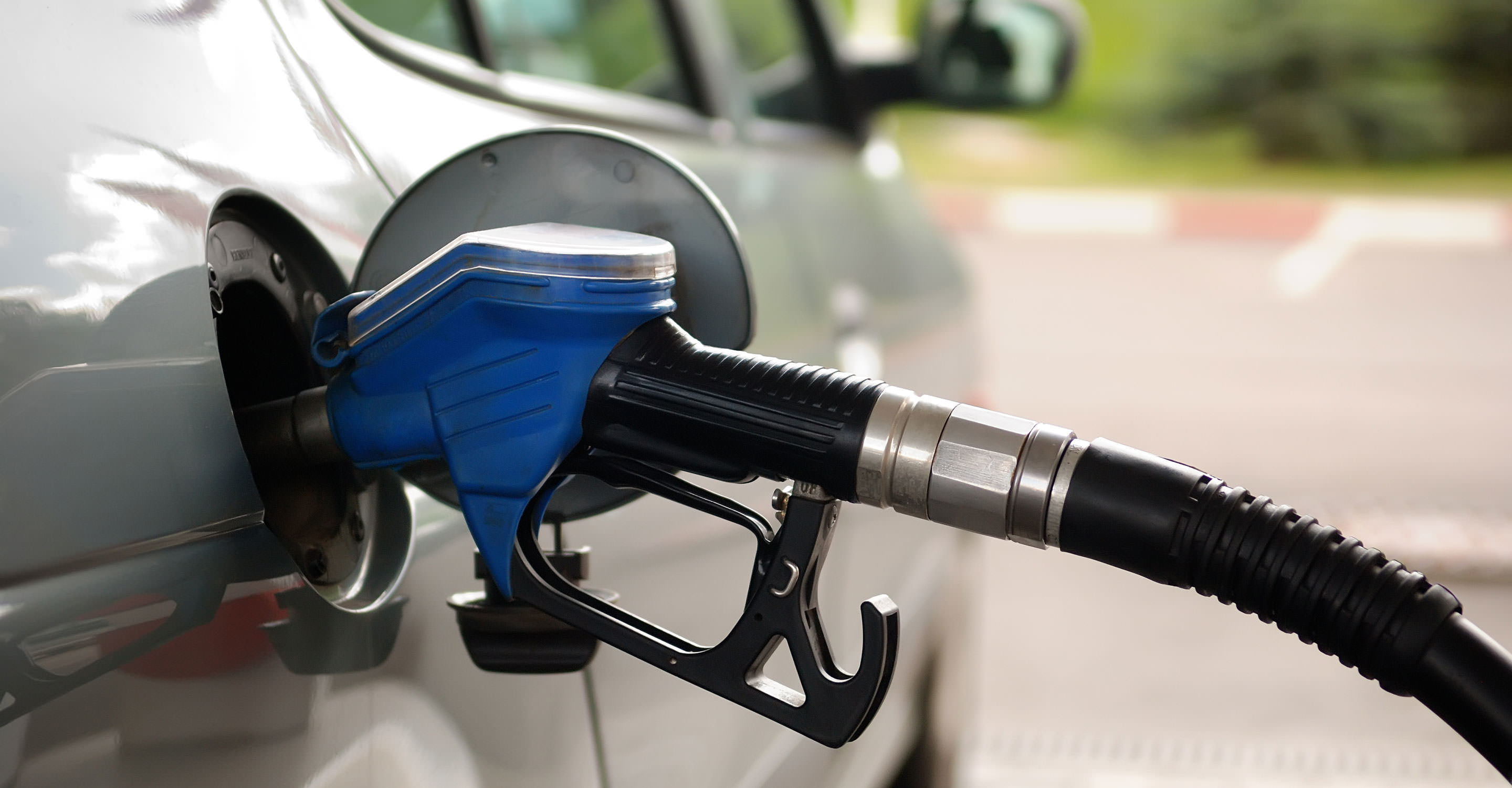Used Car Buying Guide

Buying a used car can be a smart financial decision, but it requires careful research and consideration to ensure you get the best value for your money. Whether you are a first-time buyer or an experienced one, understanding the key aspects of purchasing a used car is crucial. Platforms like https://www.attacproject.eu/ provide valuable resources that can aid in making informed decisions. Here is a comprehensive guide to help you navigate the process smoothly.
1. Determine Your Budget
Before you start searching for a used car, it is essential to establish a budget. Consider not only the purchase price but also additional costs such as insurance, maintenance, registration, and potential repairs. Decide whether you will pay in cash or opt for financing. If you choose financing, ensure that the monthly payments align with your financial situation.
2. Research and Choose the Right Car
Once you have set a budget, research different car models that suit your needs and lifestyle. Consider factors like fuel efficiency, reliability, safety ratings, and resale value. Look for reviews and consumer reports to gather insights into the strengths and weaknesses of various models. Make a list of potential options before visiting dealerships or private sellers.
3. Check the Vehicle History Report
A crucial step in buying a used car is checking its history report. Services like Carfax or AutoCheck provide detailed records about a car’s previous ownership, accident history, title status, and service records. Avoid vehicles with a history of major accidents, flood damage, or salvage titles, as they may lead to costly repairs in the future.
4. Inspect the Car Thoroughly
Before committing to a purchase, inspect the car carefully. Look for signs of wear and tear, rust, or any visible damage. Check the tires, brakes, engine, and fluid levels. Ensure that all features, such as air conditioning, lights, and windows, are functioning properly. If you are not familiar with car mechanics, consider hiring a professional mechanic for a pre-purchase inspection.
5. Take a Test Drive
A test drive is essential to assess the car’s performance and comfort. Pay attention to how the car starts, accelerates, and brakes. Listen for any unusual noises, and check for vibrations or alignment issues. Drive on different road conditions to get a feel for the car’s handling. If something feels off, it may indicate potential mechanical problems.
6. Negotiate the Price
Never accept the asking price without negotiation. Use your research, vehicle history report, and any flaws found during inspection to justify a lower price. Be polite but firm in your negotiations. If the seller is unwilling to negotiate, be prepared to walk away and explore other options.
7. Verify the Paperwork
Before finalizing the purchase, ensure all necessary paperwork is in order. Check the vehicle title to confirm ownership and verify that there are no outstanding loans or liens on the car. Obtain a bill of sale, emissions test results (if required), and any warranty details. If purchasing from a dealership, read the contract carefully before signing.
8. Finalizing the Purchase
Once everything checks out, complete the payment and transfer the title to your name. Register the car with the local motor vehicle department and get the necessary insurance coverage before driving it. Keep all purchase-related documents safe for future reference.
Conclusion
Buying a used car can be a great way to save money while still getting a reliable vehicle. By following these steps—setting a budget, researching models, inspecting the car, and verifying paperwork—you can make a well-informed purchase. Take your time and avoid rushing into a deal to ensure you find the best car within your budget. Happy car shopping!

